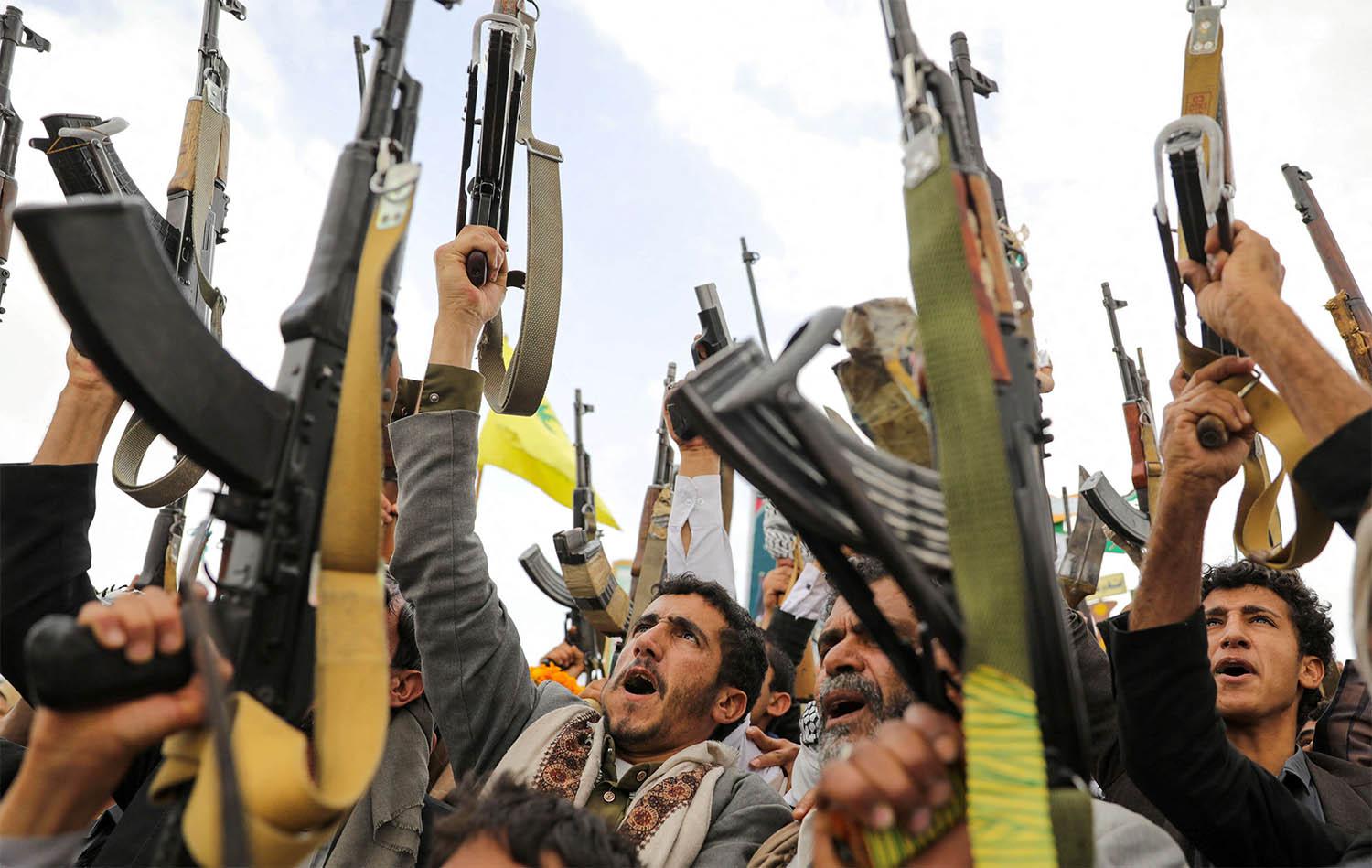Yemen’s mountains are not insurmountable
Recent news reports point to sweeping military and strategic changes unfolding across the Middle East, with clashes against Iran-backed groups heating up on multiple fronts. While the geography and politics of these conflicts vary, I see this as a clear reason to study what has worked well elsewhere and consider how those lessons might apply in different situations.
This brings up an important question: Could the United States adapt Israel’s playbook for taking down Hezbollah to its own strikes against the Houthis, even with Yemen’s tough terrain?
The short answer is yes—but it would take some serious strategic tweaking to account for the unique geography and operational realities of each region.
The ramped-up United States strikes on the Houthis are happening alongside Israel’s clear wins against Hezbollah. These events spark big questions about whether Israel’s approach could work in Yemen and what both experiences can teach us. Digging into what is similar and what is different between the two could pave the way for a solid strategy to tackle Iran-backed armed groups, hitting goals like keeping the region stable, protecting global trade routes, and ensuring civilian safety.
Looking closer, the United States and Israel are both dealing with groups that act a lot like mini-states. Hezbollah and the Houthis control huge swaths of land, run their own governing systems, and get weapons, training, and strategic help from Iran. They use guerrilla tactics against regular armies, make the most of the terrain for cover and operations, and have long-range missiles and drones in their arsenals.
That said, the terrain itself is a major dividing line. Yemen’s landscape is mostly mountainous and stretches out much farther than Lebanon’s, with basic infrastructure and a lot more variety in its features. This shapes how operations play out.
Israel is right next to Lebanon, so it can roll in with ground forces, while the United States is striking Yemen from a distance, leaning hard on air and naval power. Plus, Israel has deeper intelligence networks in Lebanon, whereas Yemen’s sheer size—way bigger than Lebanon—makes everything trickier.
Israel has managed to take out Hezbollah’s top leaders, including Hassan Nasrallah, throwing their command structure into chaos with pinpoint, intelligence-driven strikes. You could try that in Yemen, but the terrain and spotty intelligence would make it a lot harder.
No doubt, going after Houthi leaders would be challenging and would need a big push in technology and intelligence to match what Israel pulled off against Hezbollah.
Israel’s game plan also involved clearing out border towns, grabbing key ground, blowing up attack tunnels, and shutting down rocket launches with boots on the ground. Pulling that off in Yemen would be a long shot without United States troops on the ground and with such rough terrain in the mix.
Yemen’s mix of mountains and valleys creates a messy battlefield. To handle armed groups in a place this tricky, you would need to pair precise airstrikes with small-scale ground operations where doable, rely heavily on intelligence for targeting and assessing damage, sync up efforts across different fronts, and adjust to the landscape with the right kind of force.
Dr. Salem Alketbi is a UAE political analyst and former Federal National Council candidate






